Cultural Competence in Healthcare & the Rad Tech
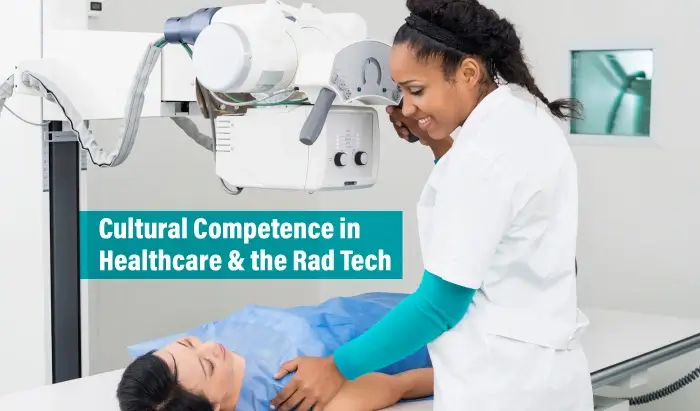
Cultural Competence in Healthcare & the Rad Tech


- Introduction: What We’ll Cover
- What is cultural competence in healthcare?
- Why is cultural competence in healthcare so important?
- Cultural Competence in the Radiology Department
- Final Thoughts
- References
Introduction: What We’ll Cover
Today, multiculturalism, diversity, and identity have come to the forefront of studies and literature in a multitude of fields, including diagnostic medical imaging. New educational approaches attempt to incorporate learners’ cultural practices and values in the teaching-learning process and in the interactions radiologic technologists encounter on the day-to-day. In this article, we address cultural competence in healthcare as it applies to radiologic technologists. We’ll explore various aspects of multiculturalism and diversity in medical imaging, issues of cultural intelligence, and the simple, yet powerful fact that we cannot meaningfully and effectively interact with what we do not know.
We will also explore the role of multiculturalism and diversity in diagnostic medical Imaging and the possible effects, either positive or negative, that multiculturalism and diversity have on diagnostic medical imaging and patient interactions. Let’s get started!
What is cultural competence in healthcare?
Cultural competence in healthcare is, quite simply, when healthcare providers and healthcare organizations provide effective healthcare services that meet patients’ individual social, cultural, and linguistic needs (Betancourt et al., 2002). However, developing this cultural competence is an intricate process, and one that is necessary when discussing multiculturalism and diversity in today’s field of diagnostic medical imaging. It requires you to reflect on your own culture and understand the patterns of differences and commonalities between yourself and your own cultural group and the perceptions, values, and practices of other cultural groups. Once recognized, these differences and commonalities that exist within the population can then be addressed for the benefit of patient healthcare.
In healthcare settings, regardless of department, cultural competency includes the the following features:
- Viewing the patient as a unique individual
- Understanding what the patient believes, prefers, needs, and values, and respecting those things
- Communicating information to patients with terminology and in a way they can understand, and involving medical interpreters when needed
- Being aware of the biases and assumptions you hold
- Encouraging patients to be participative in their own healthcare decisions
The gist: Culture is includes the beliefs, values, knowledge, experience, attitudes, worldview, and family and gender roles passed on to groups of people over generations. Cultural competence in healthcare is the provision of healthcare services that meet these different needs of diverse patients.
Why is cultural competence in healthcare so important?
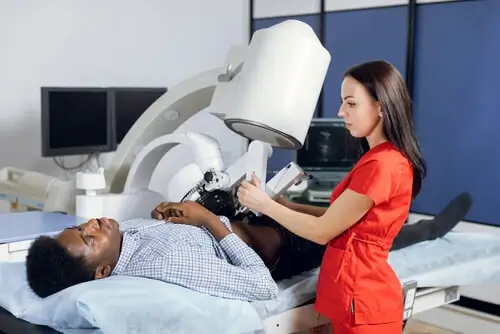
Healthcare providers are increasingly met with diverse populations, whose beliefs, values, language, and perspectives may differ very much from those held by the professionals treating them. These differences may form barriers between healthcare professionals and their patients that can impact the quality of healthcare provided to patients (Perry et al., 2018). In other words, lack of attention to these differences may have a negative effect on patient understanding, rapport, interactions, and thereby on health outcomes.
While not every member of a cultural group will always exhibit specific behaviors, their cultural background can impact how a patient understands and perceives health and sickness, how and if they report specific symptoms, and how they seek medical care. As such, and in order to benefit all communities, diagnostic medical imaging practices must be redesigned with cultural diversity in mind, and educating diagnostic imaging professionals in cultural competence is an integral aspect of preparing them to be able to better serve such a diverse population.
The gist: Failing to take into account and meet the social, cultural, and linguistic needs of patients from different cultural backgrounds can result in lower-quality healthcare and poorer outcomes for those patients and perpetuate healthcare disparities.
Developing Your Cultural Competence
Increasing your cultural intelligence—your ability to effectively navigate different cultural contexts or interactions with people of different cultural backgrounds—is a key component of developing cultural competency. When discussing cultural intelligence, we must look at intrapersonal intelligence, which allows an individual to more easily compare themselves with others. Knowing your own cultural style, how your cultural background shapes your perspectives, and becoming aware of the assumptions you make as part of your cultural background is a lifelong lesson involving constant practice and revision of thoughts and attitudes. Successful interaction with people from other cultures is at the heart of cultural intelligence. Knowing facts about another culture is helpful, but you also need to learn how to interact successfully with people and respond appropriately, as well.
Cultural intelligence is not “fixed”; it is a process. It can be deliberately increased, or it can decrease without continued practice. One of the ways people can increase their cultural intelligence is to make a conscious effort to move from thinking “My way is the only way” toward thinking ”There are many valid ways” of interpreting and participating in life. The process involves more than changing your thinking; it involves adjusting your behaviors, too.
The gist: Through conscious and deliberate practice, you can increase your cultural intelligence as part of developing your cultural competence in a healthcare setting.
Peterson (2004) suggests that there are eleven traits for successfully developing cultural intelligence: cultural self-awareness, cultural awareness of others, cultural sensitivity, cross-cultural communication skills, tolerance of ambiguity, flexibility, humility, empathy, having an outgoing personality, and self-reliance and that one should be aware of their own cultural style.
Today, supporters of multiculturalism believe that assimilation is not the norm and that we must get to know our own culture, as well as the cultures of others. Supporters believe this is about social justice, cultural democracy, and equity. They believe it is about helping all of us acquire the attitudes, knowledge, and skills needed to function effectively in a pluralistic democratic society and interact with people from diverse backgrounds. Supporters today believe that multiculturalism respects and values other perspectives, but is not value neutral. It recognizes that treating everyone the same way may deny equal access and opportunities, and the differential treatment is not necessarily preferential.
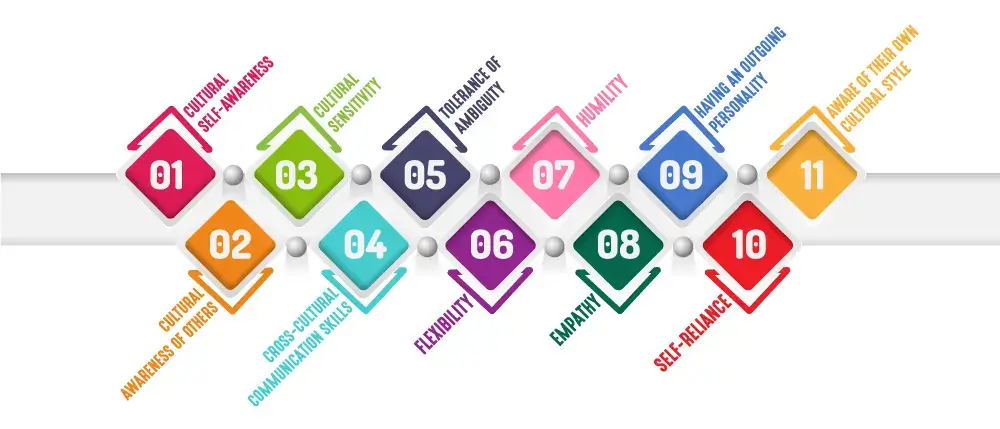
Howard (2006) utilizes his “achievement triangle” to summarize the dimensions of knowing that are necessary for us to be effective in our work for equity amongst populations. The three sides are entitled: knowing my practice, knowing myself, and knowing my students. The triangle can be revised in order to encompass patients as well as students. Imaging professionals should try to establish a rapport with their patients and gain their trust. To create effective communication, mutual respect must take hold between the technologist and the patient. When technologists create those personal bonds with patients and a rapport, it provides a means for encouraging and supporting the patient through the length of their study. Cultivating humor, sincerity, warmth, respect, and firmness, a radiologic technologist can provide those personal bonds with their patients.
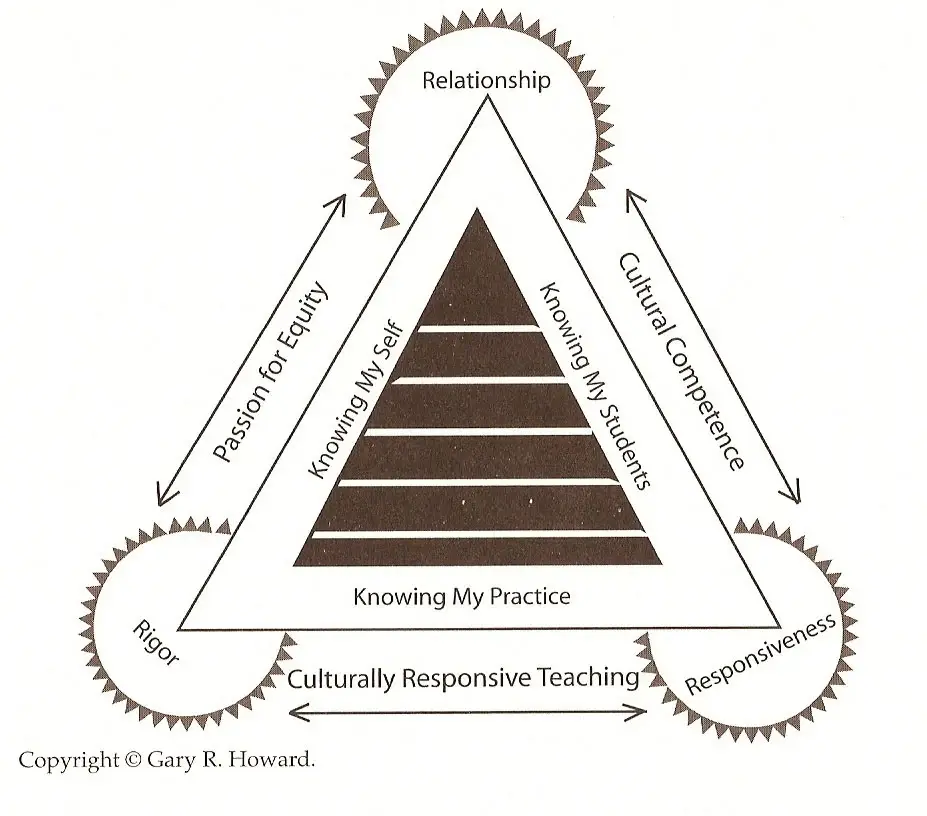
Becoming Aware of and Reducing Your Prejudices and Biases
We all hold prejudices and biases. Some of these are conscious, some we are unaware of. To provide culturally competent healthcare, the radiologic technologist must actively combat the prejudices and biases they are aware of, and work to avoid the influence of those they may be unaware of. This requires that the RT engages in self-reflecting with the specific intention of seeking out how their beliefs, experiences, and values may affect the care they provide to patients.
Step one is the easy part: identify stereotypes you hold, and seek out information and experiences with patients that can provide you with better knowledge of the cultural backgrounds of your patients. Be patient with yourself here. You will never become a master of all cultures and all peoples and all groups. There are simply too many. But you can grow and learn on the daily, knocking out stereotypes each time you encounter a patient from a diverse background. Make that your goal.
Dealing with the biases you are unaware of is more difficult. Even while you are actively trying to get rid of stereotypes, prejudices you are unaware of may impact your behavior and treatment of patients, which can impact their perception of healthcare, their willingness to cooperate with you, and their likelihood of following physician recommendations for future imaging.
- Always start by trying to find commonalities between you and the patient. Focus on finding out how you are similar instead of focusing on how you are different.
- Try to establish a common identity between you and your patient. Maybe you are of the same gender; maybe you both love jogging in the park nearby in the mornings; maybe you both have toddlers who occasionally drive you up the wall. Finding that common identity can really help you see the patient in a different light and avoid bring unconscious bias into play.
- Remember that a patient’s cultural background should only come into play when it’s helpful to making decisions about medical care
- Empathize. Put yourself in your patient’s place and consider what it must be like to be them, with all you know about them now, in this situation.
The gist: Stereotyping, prejudices, and biases, whether you are aware or unaware of them, can be reduced over time by adopting specific habits and procedures when treating patients from diverse backgrounds. Consciously seeking to remove stereotypes by learning more and actively looking for commonalities with patients are good places to start.
Cultural Competence in the Radiology Department
Below we discuss some common issues the radiologic technologist may encounter in dealing with diverse patients.
Understanding of Health and Response to Illness
A patient’s cultural background may impact how they react to illness, with responses that can range from downplaying illness or denying it entirely to overreacting to minor symptoms. Some patients may routinely use herbal remedies for minor symptoms and only seek care when these symptoms become severe. When screening and interviewing your patients, be sure to bear these cultural differences in mind.
Language Barriers
As a radiologic technologist, you are often the first stop for all manner of patients from all manner of backgrounds. This often includes patients for whom English is a second, third, or fourth language. If your patient struggles with communicating in or understanding English, the quality of care they receive and their safety can be compromised. If a patient has limited English proficiency, you may need to engage a trained medical interpreter to ensure quality care and patient safety.

In the United States, if the facility at which you work receives federal funding, it must make interpreters available for LEP patients. Check with your department head regarding the institution’s plan for interpreter services for LEP patients to ensure you know the procedures to follow.
If you must provide an interpreter for a patient, be sure you bring the interpreter up to speed on patient information, the imaging procedure itself and the steps involved, and where the interpreter should be during the examination. Be sure that you continue to address your patient and not the interpreter. Keep your sentences simple, speak slowly, and allow plenty of time for the interpreter to speak with and observe the patient’s responses. Be sure to follow up with the interpreter after the procedure for feedback.
Family Members
In many cultures, it is common for family members to accompany patients to their healthcare provider. This can serve as a show of support, concern, care, and a means of addressing the patient’s worries or the worries of the family members themselves. It may also be a result of healthcare experiences from their home country, in which the family members would serve in a nurse’s capacity, as staffing shortages may have been an issue. Visits from loved ones may be frequent, and may seem like overkill to those from cultural backgrounds where this is uncommon practice or custom. Bear in mind the function family members may be serving for your patient, and how this can be a strength and support network, even if it differs from the behaviors you’d expect.
Gender Issues
Some patients may come from cultural or religious backgrounds that differ from your own regarding interactions between persons of different sexes. These patients may need their radiologic technologist to be of the same gender as they are. Patients may also require cultural responsivity from their technologist regarding modesty. In some cases, these needs can be met easily. In cases where this is not possible, such as when you must touch a patient during a procedure, be sure to communicate where, how, and when you will need to touch your patient, and the reason for touching them. Be sure to listen to and respect their concerns regarding touch. If your patient does not consent to being touched, you can try to find a compromise that allows the exam to proceed and does not dismiss their values. If not, consult your department head for support and guidance.
Final Thoughts
Cultural competence in diagnostic imaging healthcare can be a very complex topic. You must first be culturally self-aware before being able to address the issue of multiculturalism and diversity. “We are all in this together” complements the premise that when discussing diversity and multiculturalism, technologists, patients, their families, and the local, state, and federal governments all have to work together to achieve cultural intelligence in order to promote multiculturalism.
Even so, the individual plays a most critical role. Multiculturalism is getting to know yourself as well as your patients, and culturally responsive patient care can enhance effective communication and care of the diverse patient population. A culturally competent technologist can help a patient feel seen, accepted, and confident in participating more fully in their own healthcare.
References
- Adler, A. M., & Carlton, R. R. (2019). Introduction to radiologic & imaging sciences & patient care. St. Louis, MO: Elsevier.
- Betancourt, J. R., Green, A. R., & Carrillo, J. E. (2002). Cultural competence in health care: Emerging frameworks and practical approaches. New York: The Commonwealth Fund.
- Brusin J. H. (2012). How cultural competency can help reduce health disparities. Radiologic Technology, 84(2), 129–152.
- Comas-Díaz, L. (2012). Multicultural care: A clinician’s guide to cultural competence. Retrieved March 29, 2021, from https://www.amazon.com
- Howard, G. (2006). We can’t teach what we don’t know. New York, N.Y: Teacher’s College Press.
- Perry, H., Eisenberg, R. L., Swedeen, S. T., Snell, A. M., Siewert, B., & Kruskal, J. B. (2018). Improving Imaging Care for Diverse, Marginalized, and Vulnerable Patient Populations. Radiographics, 38(6), 1833–1844. https://doi.org
- Peterson, B. (2004). Cultural intelligence. Boston, MA: Nicholas Breasley Publishing.
Disclaimer: The information provided on this website is intended to provide useful information to radiologic technologists. This information should not replace information provided by state, federal, or professional regulatory and authoritative bodies in the radiological technology industry. While Medical Professionals strives to always provide up-to-date and accurate information, laws, regulations, statutes, rules, and requirements may vary from one state to another and may change. Use of this information is entirely voluntary, and users should always refer to official regulatory bodies before acting on information. Users assume the entire risk as to the results of using the information provided, and in no event shall Medical Professionals be held liable for any direct, consequential, incidental or indirect damages suffered in the course of using the information provided. Medical Professionals hereby disclaims any responsibility for the consequences of any action(s) taken by any user as a result of using the information provided. Users hereby agree not to take action against, or seek to hold, or hold liable, Medical Professionals for the user’s use of the information provided.

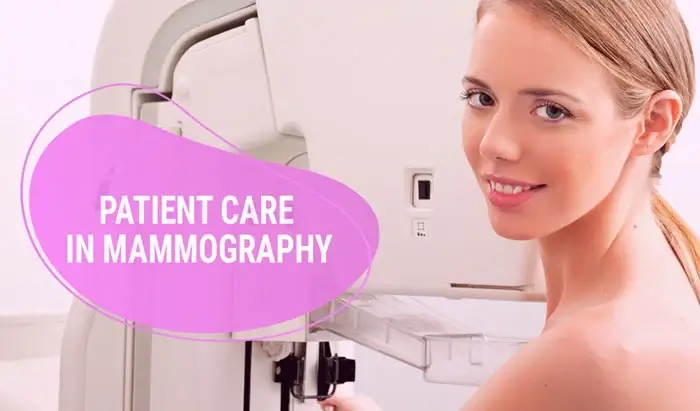
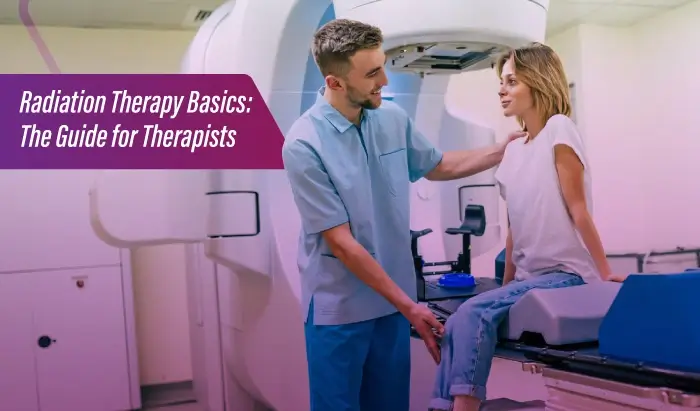
2 Comments